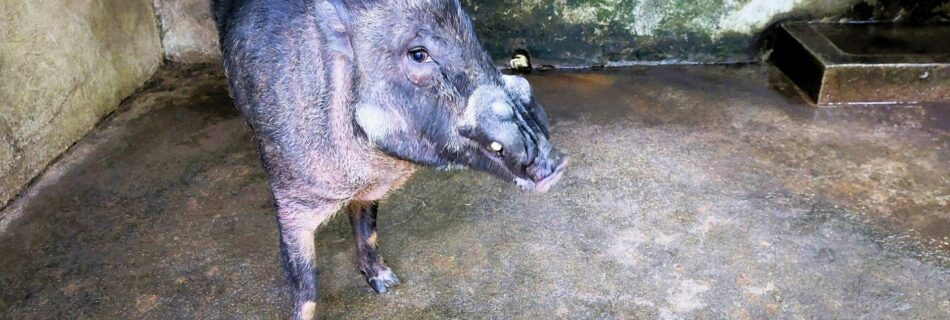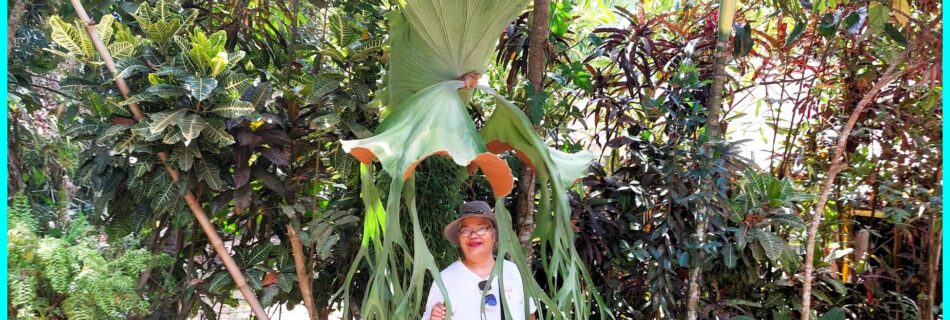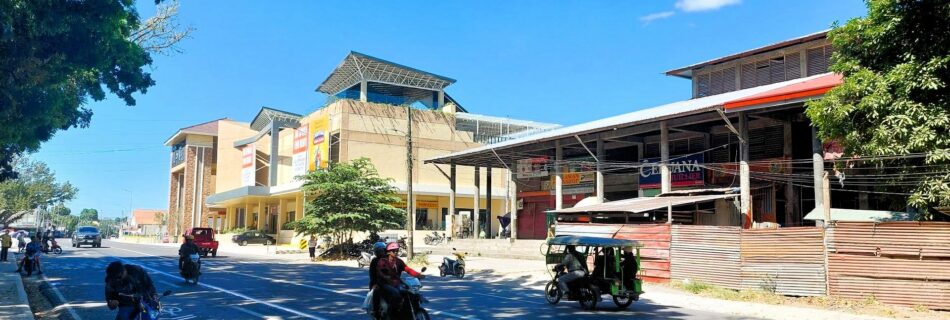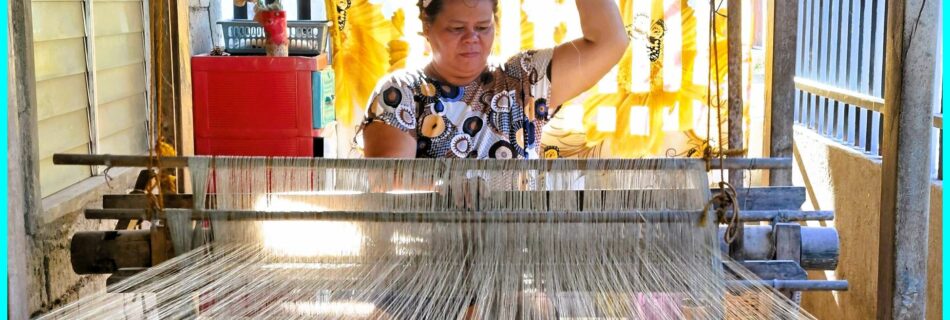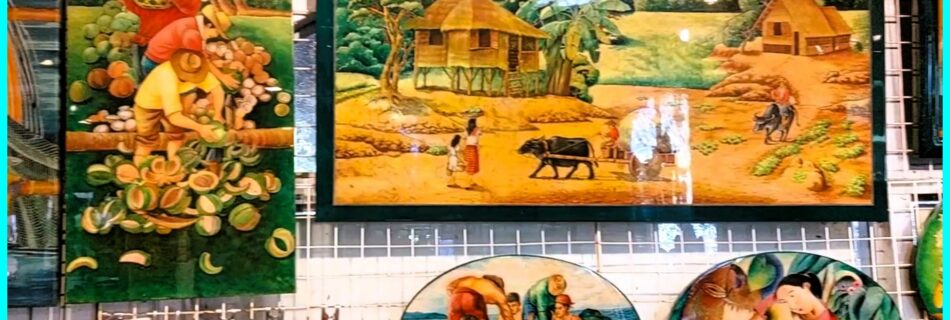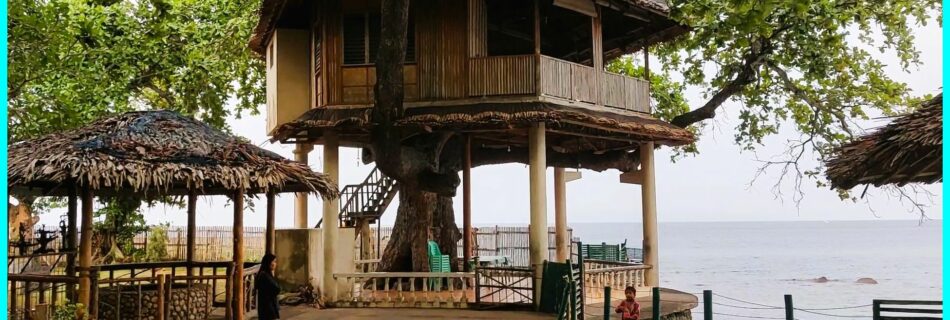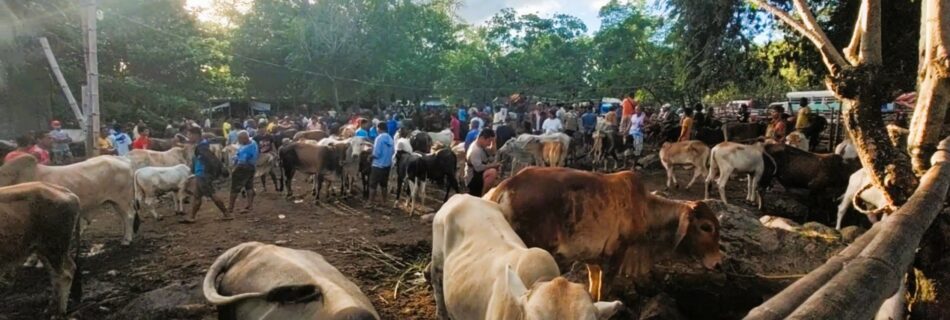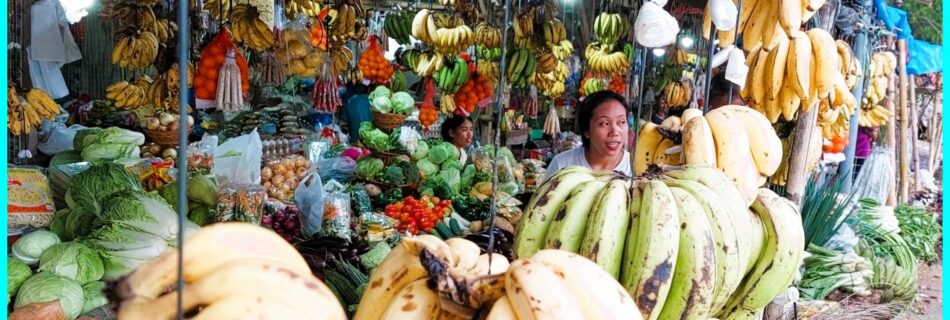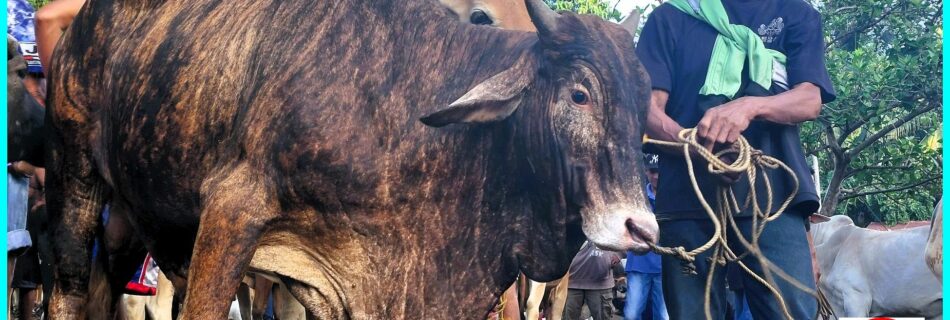Exploring the New Leon Kilat Mall: A Firsthand Account On a balmy Friday afternoon, the 12th of April, 2024, I found myself venturing into the newly opened Leon Kilat Mall in Bacong, Negros Oriental. As I stepped through its doors, I was greeted by a scene of modest activity. Upon entry, my eyes were drawn to a staircase on the right, leading upwards, while on the left, a lineup of shops and restaurants beckoned. The hum of air conditioning and the occasional laughter of children echoed through the hall, but the space felt notably devoid of the bustling crowds one might expect in a mall. Opting for the escalator, I ascended to the upper level, where a leisurely stroll unveiled a modest array of offerings. Two children’s playgrounds provided a source of amusement, while a bustling pizza restaurant boasted a “full house” of patrons. Smaller shops dotted the perimeter, offering goods and services ranging from mobile phones to travel agency bookings. One notable absence, however, was the lack of an escalator for the descent back to the ground floor. Instead, patrons must navigate the stairs—a minor inconvenience but a noticeable oversight in modern mall design. A focal point within the mall’s interior is a prominent wall adorned with homage to the municipality’s hero—a testament to local pride and heritage. Reflecting on my experience, I couldn’t help but feel underwhelmed. While the Leon Kilat Mall offers a modest selection of amenities, it pales in comparison to larger shopping complexes. For a more comprehensive mall experience, one might find it worthwhile to venture a few kilometers to Dumaguete’s Robinson’s Mall. In essence, while the Leon Kilat Mall provides a glimpse into Bacong’s evolving commercial landscape, it falls short of delivering the robust shopping experience one might expect. As the local community continues to grow and evolve, perhaps the mall will undergo its own transformation, meeting the demands and expectations of discerning shoppers in the future. Alongside the newly minted Leon Kilat Mall stands a stark reminder of neglect—the dilapidated remains of the once vibrant Bacong Public Market A mere stone’s throw away from the mall lies the forlorn structure of the former market, a testament to the passage of time and the unforgiving grasp of neglect. A cursory glance reveals the scars of decay etched into its weathered facade—a haunting juxtaposition against the gleaming facade of its neighboring counterpart. Records indicate that the market was erected a mere seven years ago, a beacon of commerce and community vitality. Yet, in a tragic twist of fate, it has languished in desolation for several years, its decline shrouded in mystery. As I gazed upon the desolate scene before me, I couldn’t help but feel a pang of sorrow for what once was—a bustling hub of activity now reduced to a mere shadow of its former self. Today, the market stands as a hollow shell, its once teeming halls now echoing with the ghostly whispers of bygone commerce. Amidst the ruins, only two financial companies cling to existence, their presence a faint glimmer amidst the surrounding gloom. The remainder of the space serves as little more than a makeshift motorcycle parking lot and an unwitting repository for refuse—a far cry from its intended purpose as a bastion of commerce and community cohesion. As I departed the scene, I couldn’t shake the sense of melancholy that lingered in the air—a poignant reminder of the ephemeral nature of progress and the enduring legacy of neglect. In the grand tapestry of Bacong’s evolving landscape, the fate of the former public market serves as a sobering reminder of the need for vigilance and stewardship in the face of inevitable change. Office building with food court Adjacent to the derelict remnants of the old market stands a beacon of modernity—the newly erected office building. With anticipation, I ventured closer, eager to explore its offerings. As I entered the ground floor, I was met with the sight of a food court—a promising oasis in the midst of urban decay. However, the reality fell short of expectation. Despite the late hour, the food court languished in a state of inertia. Counters stood vacant, their offerings left untouched, while a sparse scattering of patrons occupied the few occupied tables. The atmosphere, devoid of vitality and warmth, bore a striking resemblance to a factory canteen—an impersonal space devoid of life and love. It was a scene that spoke volumes—a poignant reminder of the stark contrast between aspiration and reality. Here stood a space with the potential to foster community and culinary delight, yet it languished in obscurity, its promise unfulfilled amidst the backdrop of urban decay. As I lingered amidst the empty tables and vacant stalls, I couldn’t help but feel a sense of disillusionment. What should have been a vibrant hub of activity had devolved into a desolate wasteland—a casualty of neglect and indifference. In the grand narrative of Bacong’s evolving landscape, the juxtaposition of decay and modernity serves as a sobering reminder of the fragility of progress. For even amidst the gleaming facades of new developments, the specter of neglect looms large—a testament to the enduring struggle to reconcile the aspirations of the present with the ghosts of the past. Makeshift public market in an open space Amidst the desolation and neglect, a glimmer of hope emerges—a temporary but coherent refuge for the market stockers who once called the old market home. With the free space adjacent to the modern office building now prepared, a semblance of order begins to take shape. In this makeshift sanctuary, the market stockers have found respite—a temporary haven amidst the urban decay. Divided into sections, the space has been carefully allocated to accommodate the diverse array of goods on offer. A section for the wet market stands adjacent to another for dry goods, while …
Read more “Impressions of the shopping mile in Bacong”
